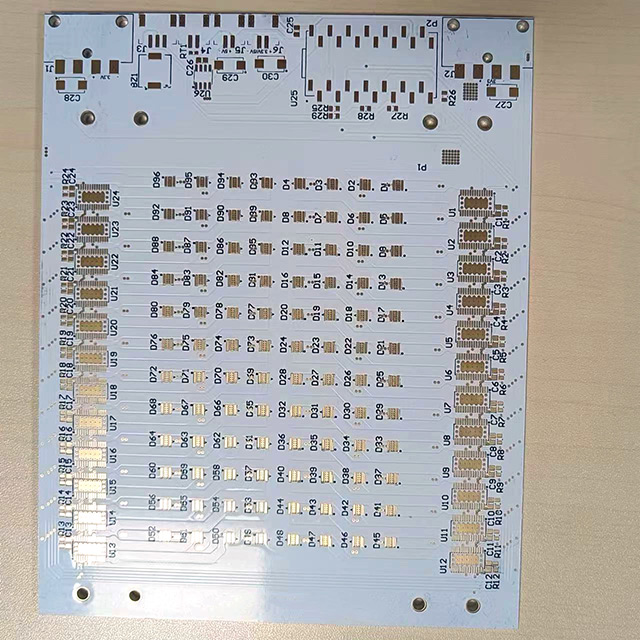The electric heating idea has only come along in the past month.
If I do go that way, why would it be a bad idea to have a separate ring? Such a load of 11kw, for several hours, on a circuit using other stuff too? Surely safer on its own ring?
Remember, there is no wiring at present, the previous wiring is ripped out, and it was all in the wrong place anyway. Nothing is chased out. The cables will be in conduit along the floor then hidden by the selotex/boards/laminate, upstairs the conduit will be chased out of the 70mm of screed on the concrete floor. I can have as many circuits as feasible, allowing for future expansion. The only extra cost is the pennies for cabling and the extra RCBO (Or whatever as necessary) in the CU. Sparky will be wanting 7-8k for the job, adding the odd £50 is nothing.
The price difference between a 11 way and 21 way CU is also lost in the noise.











